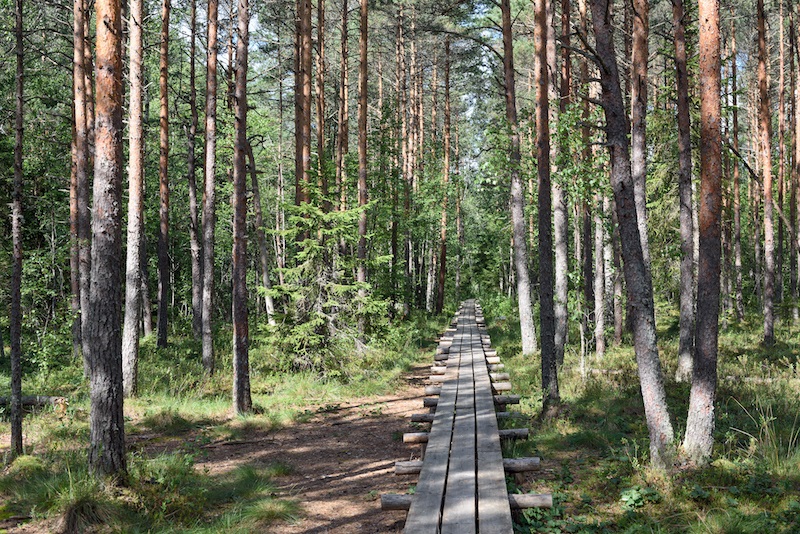Estonia is a small country on the eastern coast of the Baltic Sea with an area of just 45,200 sq km. Nevertheless, its landscape is quite varied. There are over 7,000 rivers and brooks, 1,500 lakes, and nearly 1,000 maritime islands and islets. The largest islands are Saaremaa (2,700 sq km); Hiiumaa (1,000 sq km) and Muhu (200 sq km). The largest lakes are Peipsi (3,600 sq km) and Vortsjarv (270 sq km). Estonia is a wooded country with many marshes – nearly 40% of the country is forested and 20% covered with marshes.

Endla Nature Reserve ©Wikimedia
Estonian territory can be roughly divided into Lower Estonia and Upper Estonia

West Estonia, North Estonia and the basins of Lake Peipsi and Lake Vortsjarv belong to Lower Estonia, while Upper Estonia can be divided into the Estonian watershed and South Estonia. The average altitude is 50 m, while the highest point (Suur-Munamagi Hill) rises 318 m above sea level. West Estonian Biosphere Reserve, four National Parks, five Nature Reserves and 480 various protected areas are all part of an effort to preserve Estonia’s flora and fauna. The total area of the protected territory makes up about 10 percent of Estonia. There are 210 protected plants and 300 animal species that are endangered or rare and stand in need of special protection.
Estonia has around 332 bird species, 222 of which breed there. Because of a favourable geographical position in the East Atlantic flyway, millions of birds pass through Estonia in spring and autumn. Along the northern coast an impressive migration of waterfowl and shorebirds takes place during the autumn. At the same time, millions of passerine birds are flying along the coasts of Lake Peipsi and West Estonia. Up to 30,000 common cranes also use Estonia as a resting ground during their autumn migration.
In the spring, thousands of diving ducks, long-tailed ducks, scaup, common scoter, velvet scoter, and black-throated divers are concentrated in Riga Bay and Vainameri. As many as 100,000 Barnacle Geese may use West Estonia as a stopover during the spring migration. Estonia is also a very important spring staging area for Bewick’s Swan. During moult migration in July and August, up to 200,000 common scoter pass through Estonia.
Besides the excellent possibilities of watching the bird migration, Estonia also has many localities with rich breeding faunas. At some of these localities you can watch breeding birds in summer and migrating birds in spring and autumn.
Text adapted from: Aivar Leito – Bird-watching Localities in Estonia.
Major Source: Fatbirder
Photo Source:
Map Source: Googlemaps
